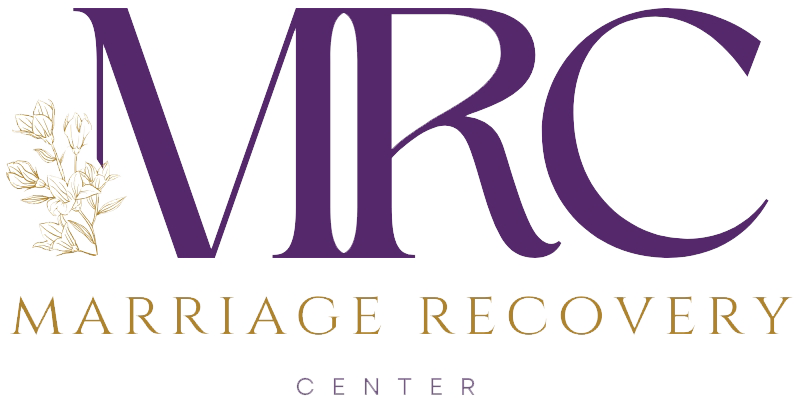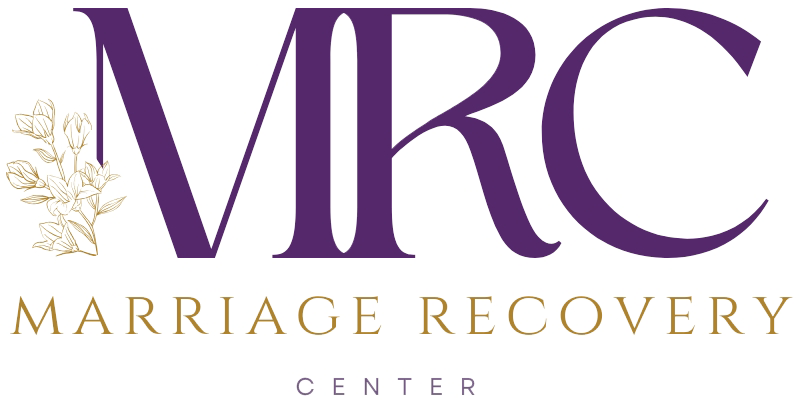Supporting someone who seems resistant to change, especially when they are clearly struggling, can be one of the most challenging situations to navigate. Whether it’s a loved one, friend, or colleague, the desire to help often clashes with their apparent unwillingness to accept it. So how do you help someone who doesn’t want help?
In these situations, it’s crucial to approach the matter with sensitivity, respect, and a strategic mindset. Lee Kaufman and Ernest Hart from the Marriage Recovery Center analyze the complexities of offering help to someone who doesn’t seem ready or willing to receive it.
Understanding Resistance: A Holistic Perspective
The first step to help someone who doesn’t want help is to understand the resistance. A key element is recognizing that every individual has a “change threshold”—a point at which the need to change becomes undeniable. However, well-meaning family members or friends often inadvertently delay this threshold by continually coping with or covering for the person’s issues, thereby reducing the natural consequences that might motivate change.
We need to understand the importance of not “robbing your loved one of the opportunity to want to change.” This involves allowing them to experience the full impact of their actions rather than shielding them from it. By doing so, you help create an environment where the need for change is more apparent and pressing, potentially “raising the bottom” so that a crisis does not have to occur before change happens.
The Role of Intervention
Intervention is often seen as a necessary but tricky step in helping someone resistant to change. Traditional interventions are sometimes criticized for being confrontational or shaming, which can further entrench the person in their resistance. A different approach is suggested—one that involves the entire family system rather than focusing solely on the individual in need of help.
When the family or support system works towards wellness, it creates a context in which the person in question can see the benefits of change. This method is not about pointing fingers or blaming, but about creating a shared vision of wellness that everyone, including the struggling individual, can contribute to. The idea is to foster a sense of belonging and connection, which naturally motivates people to align with the family’s healthier dynamics.
The Impact of Family History
One of the most important things is the recognition of the influence of family history and trauma. Often, the struggles faced by individuals today are not just their own but are deeply rooted in generational patterns. Understanding this can shift the perspective from one of blame to one of empathy and shared responsibility.
Behaviors and coping mechanisms are often inherited from previous generations. For instance, a grandfather who returned from World War II might have coped with trauma by using alcohol, setting a precedent for emotional detachment or substance abuse in subsequent generations.
Recognizing these patterns can help a family understand that the individual’s current behavior is part of a larger narrative, reducing the stigma and shame often associated with needing help.
Breaking the Cycle
Breaking these generational cycles requires a holistic approach that looks beyond the individual to the family as a whole. It’s not about labeling someone as “bad” or “unworthy,” but about recognizing how everyone in the family has played a role, often unintentionally, in perpetuating these unhealthy patterns.
This broader perspective can lead to more effective, compassionate interventions that focus on healing the entire family system rather than isolating one member as the problem.
Practical Steps for Supporting Change
When dealing with someone who doesn’t want help, it’s essential to focus on what you can control—your own behavior and the environment you create. Here are some practical steps you can take:
1. Identify What Doesn’t Work for You
One of the simplest yet most powerful tools is the ability to recognize and articulate what doesn’t work for you anymore. This statement, “that doesn’t work for me,” is neutral, non-judgmental, and rooted in self-efficacy. It allows you to establish boundaries without shaming or blaming the other person, creating a foundation for healthier interactions.
2. Set and Maintain Boundaries
Boundaries are often misunderstood as barriers that shut people out. However, boundaries are essential for maintaining your well-being while remaining open and compassionate towards others. The most empathetic and compassionate people are often those with the strongest boundaries.
Boundaries create a sense of safety and identity, which allows you to engage with others more authentically and compassionately. Importantly, boundaries are not fixed—they can be adjusted as the situation evolves and as the person begins to change. This flexibility is crucial in maintaining healthy relationships.
3. Encourage Self-Reflection
Encouraging self-reflection is another key step. Ask the person to consider what aspects of their current situation don’t work for them. This can be a gentle way to help them start recognizing the need for change without feeling pressured or judged. Often, the simple act of acknowledging that something isn’t working can be a powerful catalyst for change.
4. Focus on Clarity and Choice
Families should focus on two main objectives: seeing the situation as clearly as possible and making conscious choices about how to engage with it. Clarity involves understanding the reality of the situation without denial or minimization. This might include recognizing the individual’s limitations and the risks associated with their behavior.
Choice, on the other hand, is about deciding how much you will engage with the person and under what conditions. For instance, you might choose not to provide financial support if the person is not making efforts to improve their situation. These choices should be communicated clearly and compassionately, reinforcing your boundaries while encouraging the person to take responsibility for their actions.
The Power of Connection and Compassion
One very important approach is the belief that connection and compassion are more powerful motivators for change than shame or blame. When a person feels that they are still valued and loved despite their struggles, they are more likely to engage in the difficult work of change. Creating an environment of safety and support, where the person knows that their loved ones are there for them, can significantly increase their willingness to accept help.
Building a Supportive Environment
Building this supportive environment requires patience and consistency. It’s about showing up for the person, setting clear and loving boundaries, and continually expressing your willingness to support them when they are ready to make changes. It’s also about taking care of your own well-being, so you can be a stable and resilient source of support.
Conclusion: How Do You Help Someone Who Doesn’t Want Help?
Helping someone who doesn’t want help is not about forcing them to change or rescuing them from their consequences. It’s about creating an environment where change is more appealing than staying the same. By understanding the family dynamics at play, setting healthy boundaries, and maintaining a compassionate connection, you can support the person in their journey toward healing.
Remember, change is often a slow and non-linear process. It requires patience, understanding, and a commitment to the well-being of both the individual and the family as a whole. By focusing on what you can control and staying connected through compassion, you can play a crucial role in helping your loved one move towards a healthier and more fulfilling life.
To learn how we can help, reach out to us at (206) 219-0145 or info@marriagerecoverycenter.com to speak with a Client Care Specialist
Also read: What To Do When Someone Gaslights You?
About Dr. Hawkins:
The internet is inundated with hyperbole and misinformation about narcissism, leaving many people confused and hopeless. Get the facts on narcissism and emotional abuse from someone who has been researching, writing about and treating narcissism and emotional abuse for over a decade.
Dr. Hawkins is a best-selling author and clinical psychologist with over three decades of experience helping people break unhealthy patterns and build healthier relationships.
He is the founder and director of the Marriage Recovery Center and the Emotional Abuse Institute which offers education, training and counseling for people who want to break free of, and heal from, emotional abuse. Whether the perpetrator of the abuse is your spouse, partner, parent, boss, friend or family member, we offer practical advice for anyone trapped in a toxic, destructive relationship.
In addition to narcissism & emotional abuse, you’ll learn about the lesser known forms of abuse, including covert abuse, reactive abuse, spiritual abuse, secondary abuse, relationship trauma and much more.








